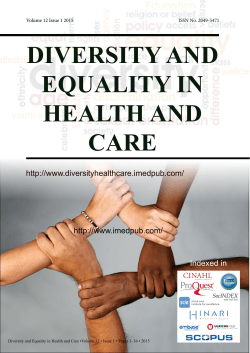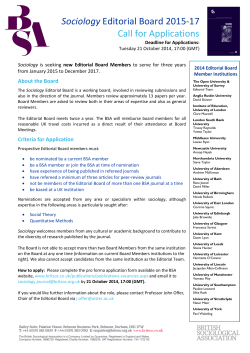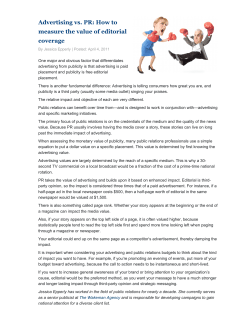
How To Incorporate Current Events Into the History Classroom
How To Incorporate Current Events Into the History Classroom Every history teacher knows the challenge of helping students see the relevance of studying the past. A critical way to do so is to help students see the ways history constantly impacts and intersects with the stories that make headlines in our own day. It Begins with Us! The first challenge for all of us who teach history is to for us to be informed about current issues. When a student, or even another teacher in one’s building, wants some insight into a contemporary topic, they usually don’t go and ask the science or math teacher, they ask the nearest history or social studies teacher. Being informed about world affairs is one of our most important duties – one we must model to our students as we show them what it means to be an engaged citizen. So how do we stay informed? In many ways it is easier than ever before, but in other ways the multitude of news options now available make it more complex than ever. The days of only getting one’s news from reading a daily newspaper or watching the evening newscast on a national network seem to be gone as we all are now presented with literally thousands of media and electronic options. We might begin by asking when we catch the news and do we have a plan to do so? What do we listen to as we prepare for the day and drive to school? Maybe less music and more news would be a good place to begin. Many teachers find the daily (commercial free and in-depth) news broadcasts presented by their local national public radio (NPR) station a great way to stay abreast of important news topics. You can find a station near you at http://www.npr.org. Next, it is important that we as teachers read a diverse sampling of perspectives on the news. We need to ask ourselves if we gravitate toward news organizations of a particular political slant. Some of us certainly do and thus need to intentionally seek out sources from other points of view. One way to get a balance of views on the issues of our day is to visit the opinion pages of two of the nation’s great newspapers each day, one considered by most to be from the left side of the political spectrum and one from the political right: The editorial page of the New York Times The editorial page of the Wall Street Journal Of course there are countless other news and editorial options for any teacher, but the key is to seek out news each day. And while they still exist, a daily newspaper remains an important part of any history teacher’s routine, as is a quality weekly news magazine that explores the issues of our day in depth. Engaging Our Students Once we as teachers are informed of current events, integrating contemporary issues into our history classes comes naturally. Literally every day we find connections to our present world in the history lessons we teach. We find ourselves making those connections to students and this literally opens their eyes to the relevance of history. We know that happens because everything and everybody has a history. Our challenge is to get our students to see that important fact. So how do we help our students see the connections between past and present that seem so clear to us? Here are a few suggestions: 1. Start every class with a quick recap of the day’s top stories. Perhaps even assign a student to be the day’s “newscaster” (a different student each day/assigned on a class calendar in advance). He or she is responsible for informing the class of today’s top stories – maybe even one each from the typical categories – world, national, local, sports, weather. A brief discussion of those stories could follow and very possibly they can be connected to the day’s lesson, thus providing a valuable focus activity. 2. Require that students keep a current events journal in which they note daily key stories, their reaction to those stories, and their news sources. 3. Make a lengthy list of contemporary “hot topics” – topics that typically do engage students, examples being issues such as race, gun ownership, abortion, gay marriage, war, or drug use. Ask students, either individually or in groups, to research and report on the history of that issue: a. When did that issue become a “hot topic?” Why? b. How have perceptions about that topic changed over the years? Why? c. What key individuals or organizations have been involved in this topic? When and why did they become involved or were they founded? 4. Ask students which events or issues we are dealing with today will feature prominently in their children’s history textbooks? a. Offer bonus points for any student who connects some aspect of a current event with history they have learned in history class this academic year. In 1988, E.D. Hirsch published his seminal work Cultural Literacy. The book is still hotly debated, but most history teachers see his key point: that being literate and being culturally literate are two very different things. A student who does not know history can certainly read the words NEW DEAL on a printed or electronic page, but unless that student knows what the New Deal has meant to our history and our culture, he will not be able to assess whether today’s government programs mirror the original New Deal – or even have an opinion on whether such a reflection is positive or negative. History and current events are forever intertwined and must be taught hand in hand.
© Copyright 2025





















